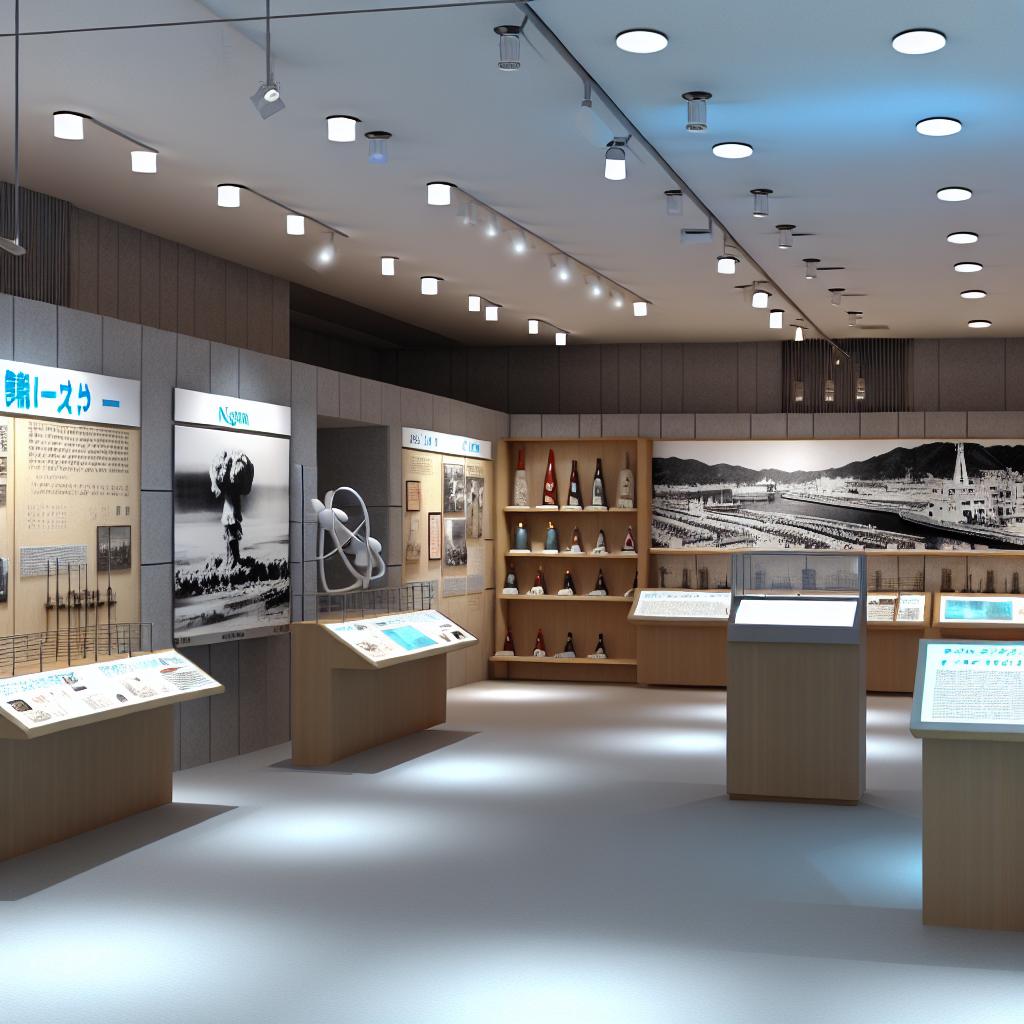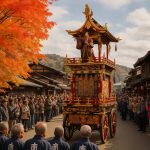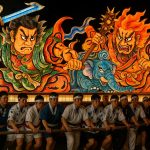Exploring Nagasaki’s Atomic Bomb Museum
To gain a comprehensive understanding of one of the pivotal events of the 20th century, the Nagasaki Atomic Bomb Museum serves as an indispensable resource. Located in the heart of Nagasaki, this museum offers profound insights into the impact and aftermath of the atomic bombing that occurred on August 9, 1945. This tragic event played a significant and decisive role in bringing an end to World War II, reshaping global dynamics and perceptions of warfare.
A Comprehensive Historical Journey
Upon entering the museum, visitors embark on a journey through history with carefully curated exhibitions that illustrate the complex factors leading up to the bombing. The museum offers a chronological timeline providing historical data on World War II, particularly focusing on Japan’s involvement and the circumstances that led to the deployment of the atomic bomb. This timeline forms the backbone of the exhibition, piecing together the intricate web of events, decisions, and political dynamics that culminated in the tragic episode.
Artifacts and Exhibits
The museum’s collection includes a wide array of artifacts, each serving as a tangible connection to the past. These items, recovered from the bombing site, range from seemingly ordinary objects that have taken on significant historical importance due to their context and condition. Among the exhibits, visitors will find melted glass bottles and warped construction materials, stark reminders of the incredible destructive power wielded by the bomb. One can almost touch the past through these objects, each telling its own silent story of devastation and loss.
Moreover, the display includes the personal belongings of victims, such as clothing, accessories, and everyday items. These poignant artifacts underscore the human cost involved in such a catastrophic event, compelling visitors to reflect on the personal lives affected by the war and its outcomes. Each object offers an intimate glimpse into the lives abruptly altered or ended, bringing a human perspective to what can often be perceived only in abstract terms.
Firsthand Accounts and Testimonies
A cornerstone of the museum’s approach is the emphasis on firsthand accounts from survivors. Known as Hibakusha, these individuals provide powerful and moving insights into their experiences during and after the bombing. The museum presents these narratives through videos, audio recordings, and written testimonials, allowing visitors to engage directly with the personal stories of those who endured the unimaginable.
These testimonies highlight not only the immediate impact of the nuclear explosion but also its long-term effects on individuals and families. Personal accounts vividly depict the chaos, fear, and resilience displayed in the face of such overwhelming circumstances. Through the words and voices of survivors, the museum ensures that the legacy of the Hibakusha lives on, serving as a crucial element in understanding the broader implications of nuclear conflict.
Educational Outreach and Resources
The museum extends its mission beyond the confines of its physical space by engaging in substantial educational outreach efforts. Recognizing the importance of educating future generations, the museum strives to inform visitors about the broader consequences of nuclear warfare and the imperative need for global peace. Through its exhibits and programs, the museum advocates for disarmament and fosters discussions on how to prevent similar tragedies in the future.
To facilitate ongoing learning, the museum provides a wealth of resources that support deeper exploration of these topics. Visitors can access these materials onsite, enhancing their understanding of the exhibits. Moreover, for those who wish to continue their education beyond their visit, the museum offers a range of resources through affiliated online platforms. These tools encourage further research, dialogue, and reflection on the critical issues presented.
While addressing a range of intricate and sometimes challenging topics, the museum plays an essential role in promoting a broader understanding of historical events and their long-term consequences. It serves not only as a venue for remembering a tragic past but also as an advocate for a future unburdened by nuclear conflict. By balancing commemoration with education, the Nagasaki Atomic Bomb Museum ensures the lessons of history are preserved and shared with a global audience.
In conclusion, the Nagasaki Atomic Bomb Museum stands as a profound testament to a pivotal moment in history. Through its comprehensive exhibitions, personal narratives, and educational initiatives, the museum provides an invaluable resource for understanding the complexities and ramifications of this significant event. By honoring the past and advocating for future peace, the museum plays a vital role in addressing the ongoing discourse about nuclear weapons and global security.













